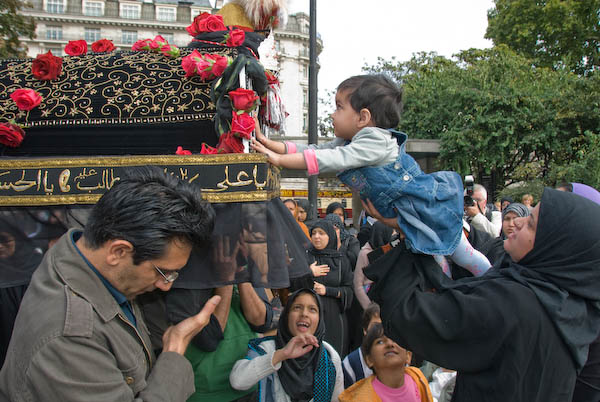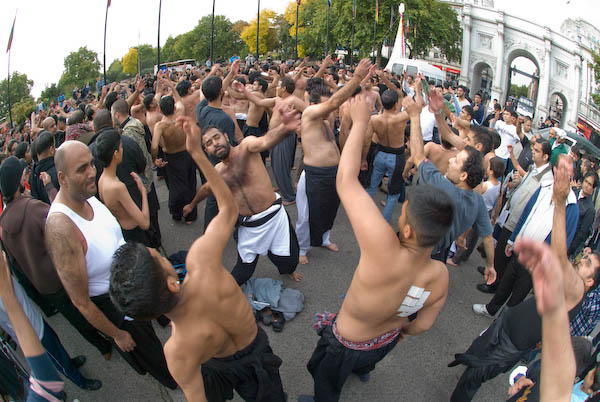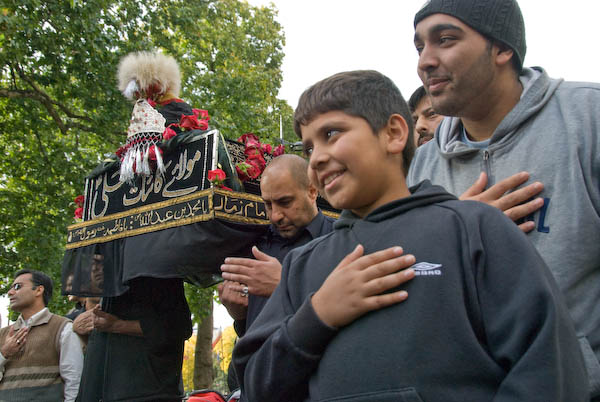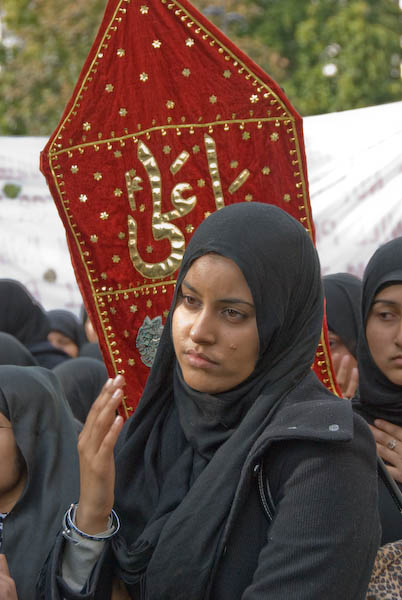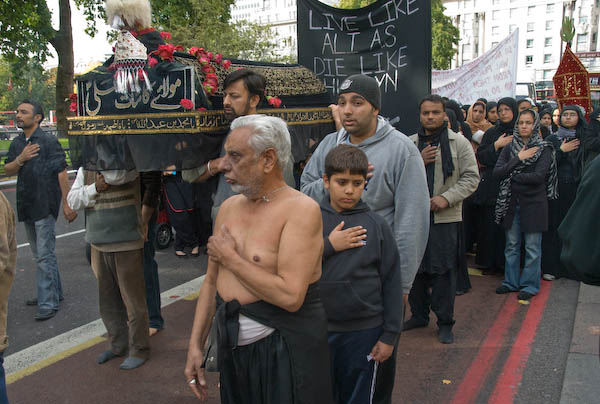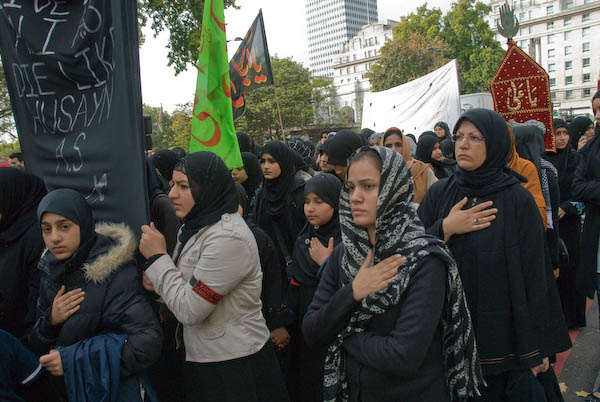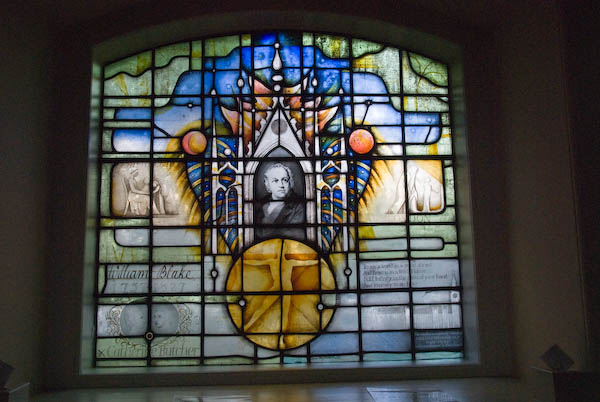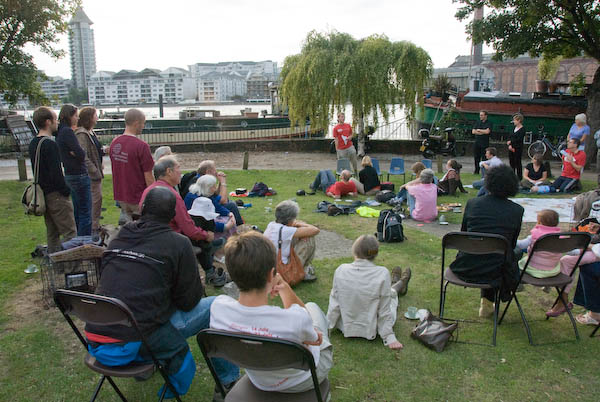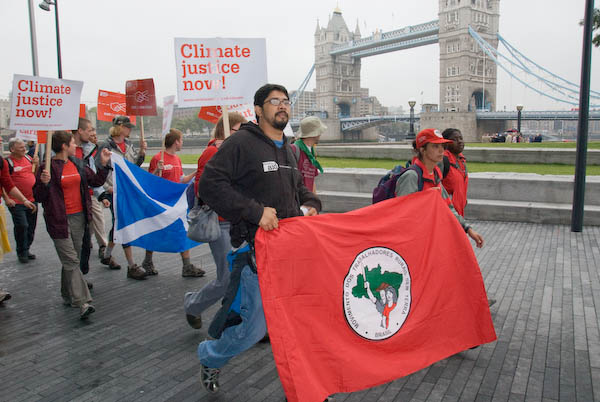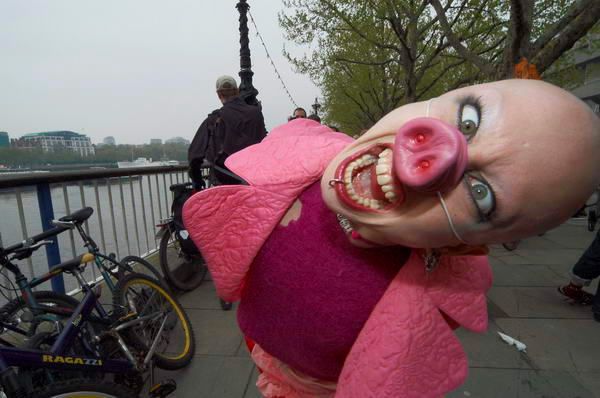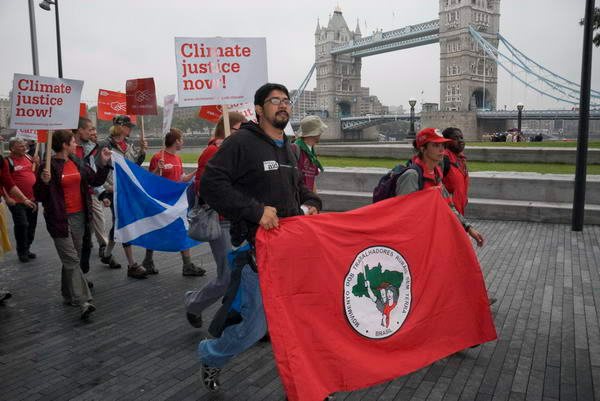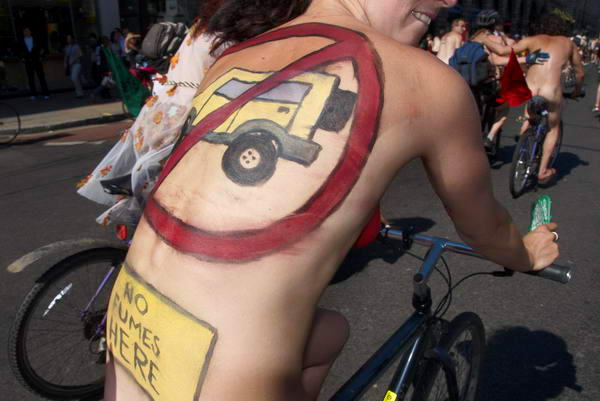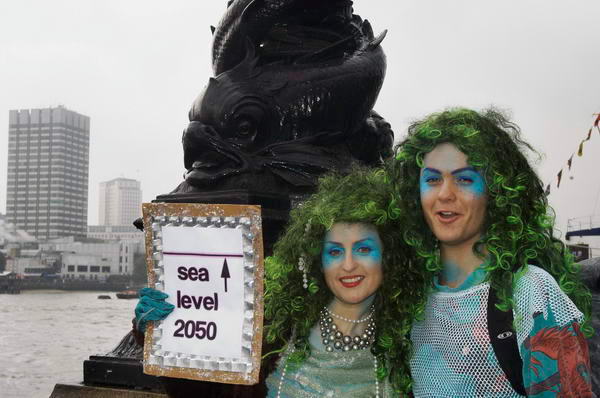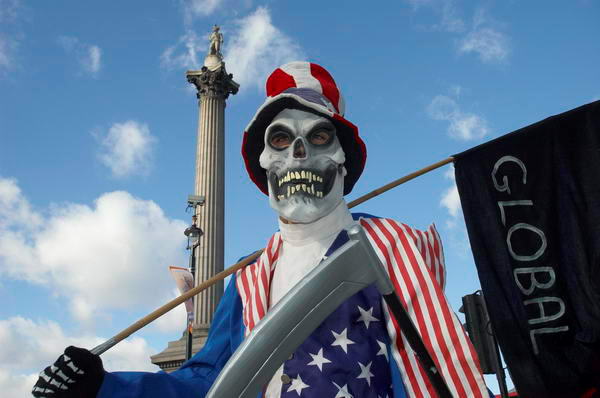Brasilia, Capital of Brazil – in December 2007 I was fortunate to be able to go to Brasilia as a guest of the British Embassy who were backing an exhibition of my pictures of environmental protests in London as a part of Foto Arte 2007, a huge photography event that stretched on for 3 months with over 20 international shows and more than a hundred individual and group shows from Brazil, apparently in 57 locations across the city.
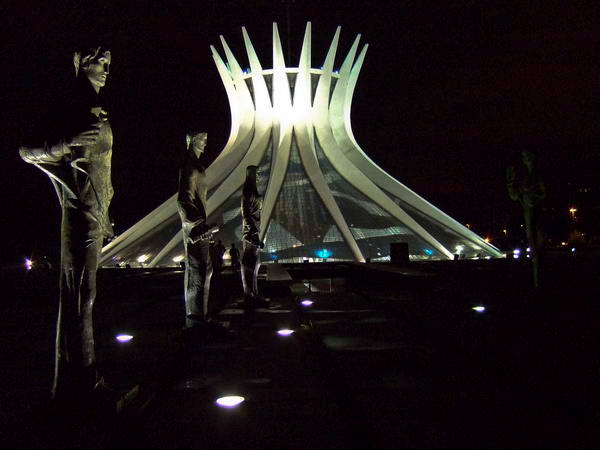
Unfortunately I was unable to stay there long as I needed to be home in plenty of time for Christmas, but the three days I spent there I was extremely busy. As well as attending the opening of my exhibition and some other shows and giving a lecture I was on the go from shortly after breakfast to late at night, being given personal guided tours.
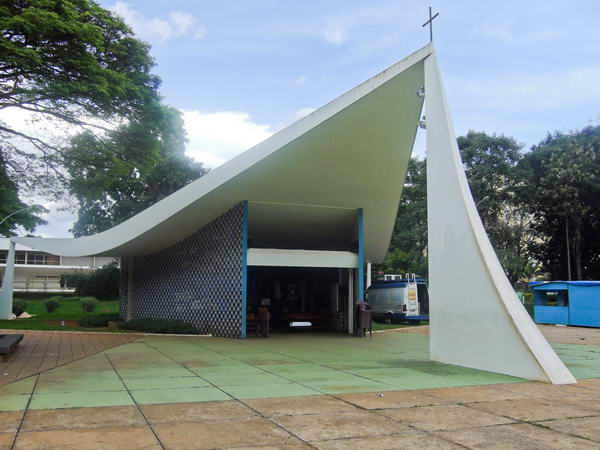
My guide for much of this was a daughter of one of the city planners in a team led by planner Lúcio Costa (1902- 1998) and architect Oscar Niemeyer (1907-2012) and with an inside knowledge of the city and its development.
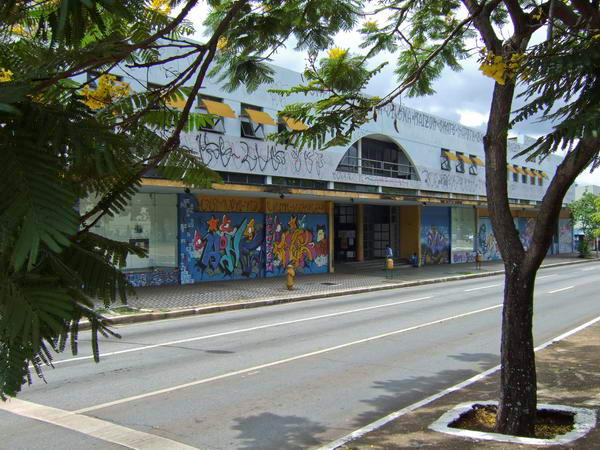
Planning for the new city in the interior of Brazil began in 1956 and the city was developed remarkably quickly, officially opened in 1960, though much had still to be completed.
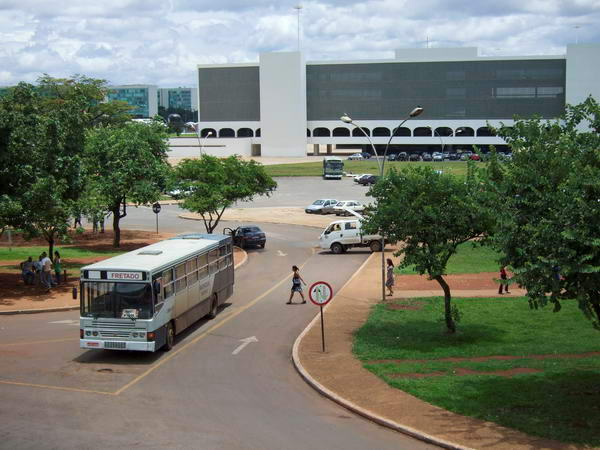
Brasilia incorporates many of the key aspects of modern architecture and 20th century city planning, Costa, an architect and planner adopted the modernist ideas of Le Corbusier around 1930 and Niemeyer worked with him from around that time.
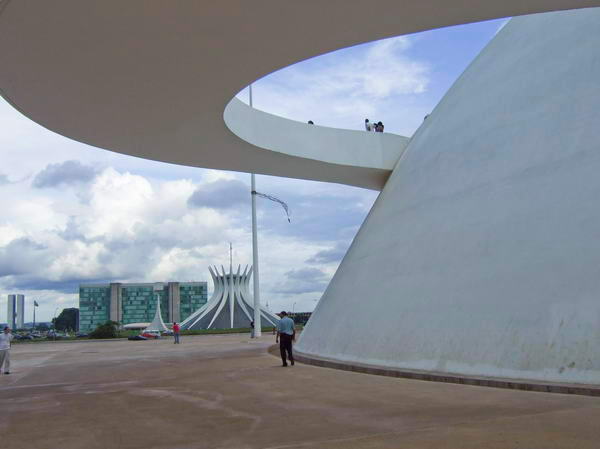
Niemeyer was one of the twentieth century’s most renowned architects, developing modernism in new directions with his “free-flowing, sensual curves” in a remarkable use of reinforced concrete, and constructing buildings is cities around the world.
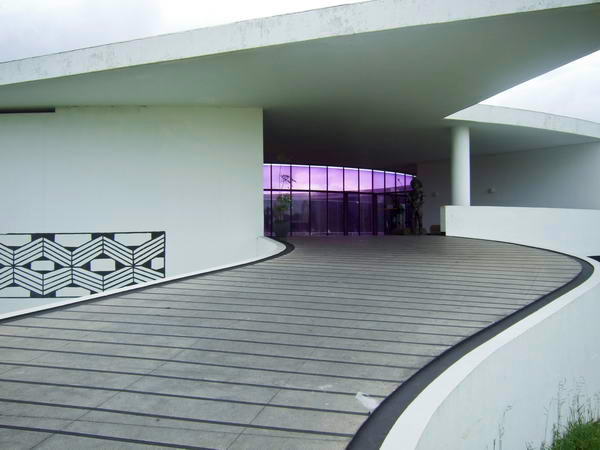
He was invited to design the civic buildings of the new capital, most of which I was able to see and to photograph during my visit. In 1987 his work there was internationally recognised when Brasilia was made a UNESCO World Heritage Site.
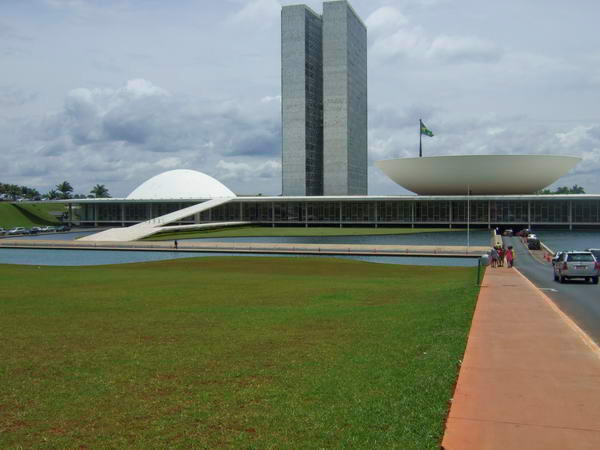
Politics intervened when Brazil became a military dictatorship and Niemeyer had to move to Paris to continue his work, including buildings in France, Spain and other countries, but not in the UK, where his only building was a temporary pavilion in Hyde Park in 2003.

I travelled to Brazil light, and took only a small pocketable camera, a Fuji Finepix F31fd 6.3Mp compact, still highly regarded and producing images that were almost as good as those from my current DSLR. The main limitation – and one that I found something of a problem was its lack of any real wide-angle view, with an equivalent of a 36-108mm zoom lens. It performed fairly well in low light with using the fairly useless built in flash and an excellent battery life.

You can see the pictures from my Brasilia show here and many more of the pictures I took in Brazilia at Pictures of Brasilia, though I think there are more I should put on line.
Flickr – Facebook – My London Diary – Hull Photos – Lea Valley – Paris
London’s Industrial Heritage – London Photos
All photographs on this page are copyright © Peter Marshall.
Contact me to buy prints or licence to reproduce.
